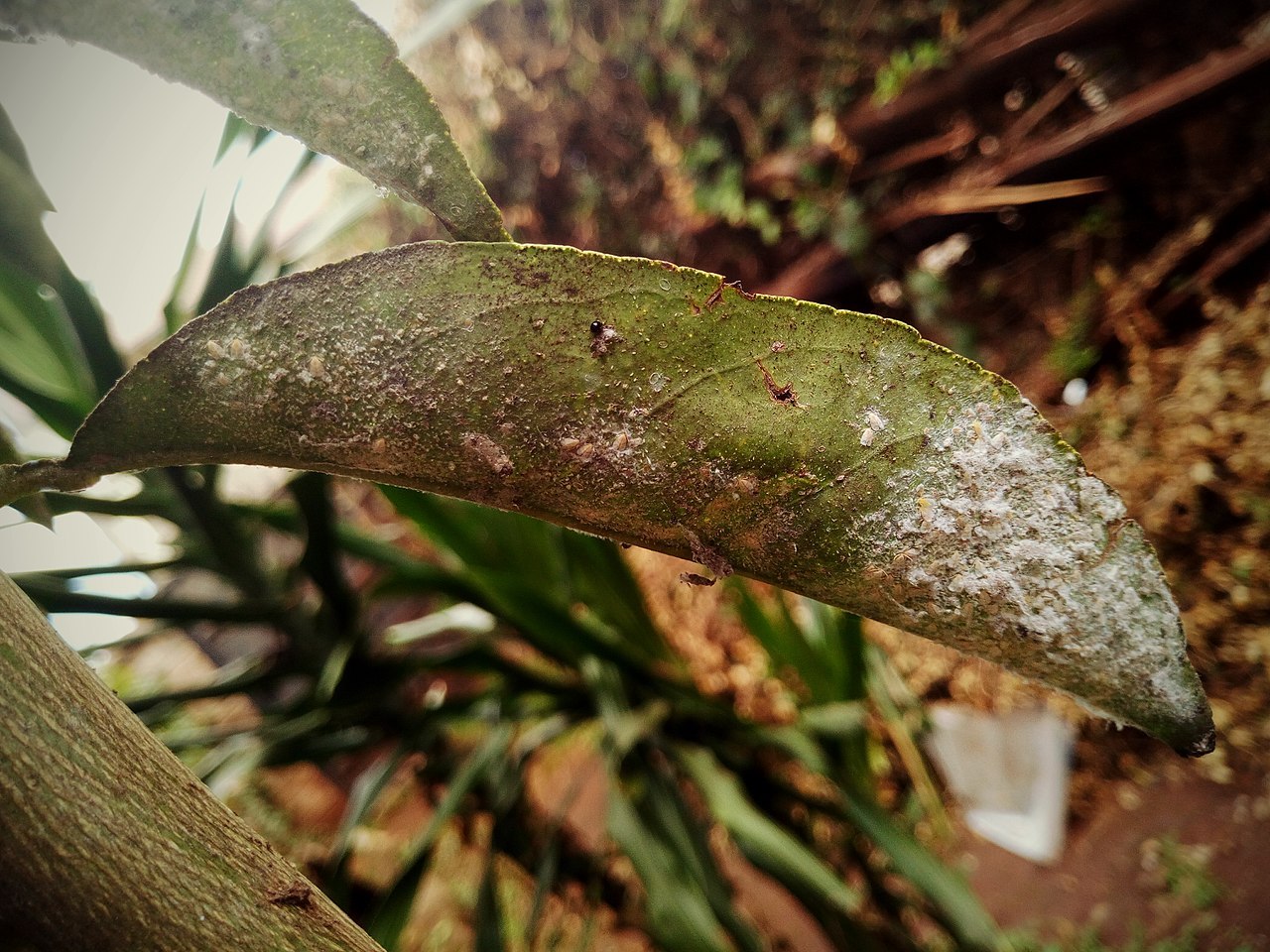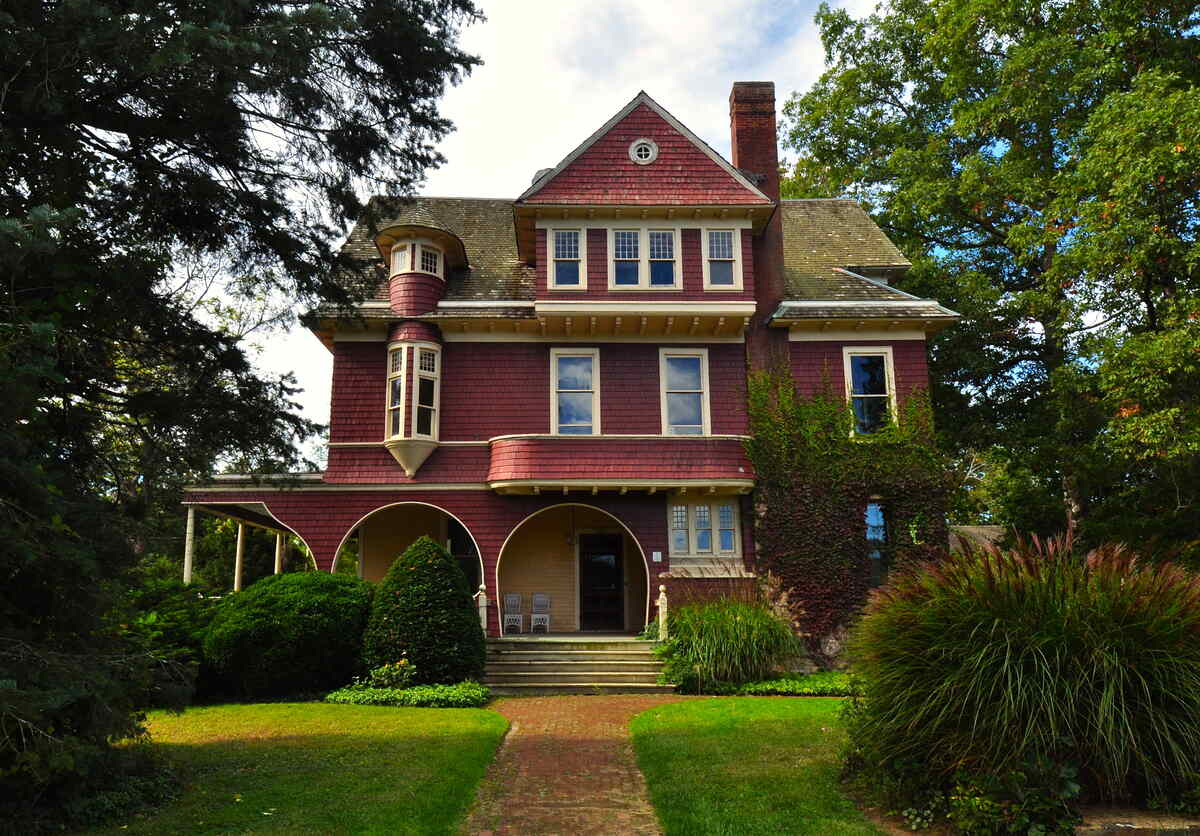
Virginia Beach is blessed with a vast array of beautiful trees, but it’s also cursed with a number of tree diseases. The key to protecting your trees from any of the following diseases is adequate irrigation, nutrition, and maintenance. Being aware of potential disease and monitoring your trees for any signs of infection can help to catch problems in the earliest stages, which improves the chance of survival. This guide will help you understand and identify tree diseases to watch out for in Virginia Beach.
Beech Bark Disease (BBD)

This disease is a mix of two organisms: a scale insect and a fungus that combine to create entry wounds and an infection that will kill beech trees. Beech scale wounds the bark, giving a specific type of fungus a pathway to enter the tree and kill it. The first sign of BBD is the wooly, white wax coating of the scale insect, scattered in groups on the tree bark. At the first sign of scale, promptly treat the tree with an insecticide.
Discula Anthracnose

A fungal disease affecting flowering dogwoods, plane trees, and sometimes black gum trees, this malady also kills trees. The first symptoms are tan to brown spots (sometimes with a purple ring around them) on the lower leaves. Watersprouts are more vulnerable than normal branches. The first line of defense against discula anthracnose is keeping your tree healthy by fertilizing, mulching, pruning, and irrigating during dry periods. In addition to mowing like a pro, take care to avoid damaging tree trunks with the mower, as this can invite disease. An infected tree can be treated with fungicides, but there is no cure for this disease.
Dutch Elm Disease

Carried and spread by elm bark beetles, Dutch Elm Disease (DED) is the result of a fungus that infects the tree as the beetles feed. A telltale sign? The leaves on one or more branches turn yellow, wilt, and die. Symptoms can appear at any time during the growing season, and ignoring them will make it worse. A trained arborist can manage an infection if caught in time. The best defense is planting DED resistant elm species (Chinese elm or lacebark elm). If left untreated or caught too late, DED is always fatal.
Oak Wilt
Caused by a fungus, oak wilt is a vascular disease that’s widespread, highly contagious, and not limited to oaks. It also affects beeches and chestnuts to a limited extent. It’s spread by insects carrying fungal spores to fresh wounds and through root systems. Symptoms of oak wilt vary between species but generally appear first in the upper part of the tree, towards the ends of lateral branches. Leaves will become pale, curl upward, and turn bronze or yellow before falling off the branch. Caught early, an arborist can manage this disease. But wait too long, and you’ll have to cut down the tree to avoid contaminating nearby trees.
Powdery Mildew Disease
Powdery mildew (pictured above) attacks catalpa, chokeberry, crabapple, or linden trees. If you have these trees in your yard, you should continually check to this fungus. It can also infect weak trees that are compromised by nutrient deficiency or another disease. Symptoms include a whitish coating on leaves that resembles talcum powder. You’ll also notice dwarfed new growth, and curled leaves and buds that fail to open. Powdery mildew attacks and covers new growth particularly heavily. Planting in full sun and pruning to improve air circulation helps prevent infection. But you’ll need an antifungal treatment to control the disease.
Seiridium Canker
An incurable disease of the trunk, Seiridium canker is a fungal pathogen that infects Leyland cypress trees. There have been instances of the disease in several similar evergreens. Symptoms include reddish-brown or yellowed branches appearing in the midst of healthy branches. Upon inspection, the base of the affected branches will reveal sunken, reddish cankers oozing sap. These cankers actually appear before the yellowing is noticeable, but the denseness of the foliage often makes it hard to spot the damage to the trunk.
Canker often strikes trees suffering stress from drought or other weather extremes. The best way to protect the tree is to limit stress in winter and irrigate during drought conditions. Treat an infected tree by removing all affected branches and burning them. Sterilize the blades after each cut. A serious infection will be fatal. If the tree dies, you should consider replacing Leyland cypress trees with a hardier species, such as emerald green arborvitae or cryptomeria cypress.

Virginia Tech professor of horticulture, Dr. Alex Niemiera, says, “The best option for new tree plantings is to choose species that have a low risk of developing disease.”
He suggests consulting your local nursery or contacting a county extension agent for recommendations on the latest disease-resistant cultivars of suitable trees for Virginia Beach.
Remember, the most effective means of protecting your trees is keeping them vibrant and healthy. Weak trees are vulnerable to disease, while healthy trees can resist infections. Choose hardy trees, treat them right, and they will grace your property for generations.
Dr. Alex Niemiera is a professor of horticulture at Virginia Tech, where he specializes in woody landscape plants and sustainable nursery production. His research program focuses on strategies to improve irrigation and fertilization efficiency of container-grown crops.




